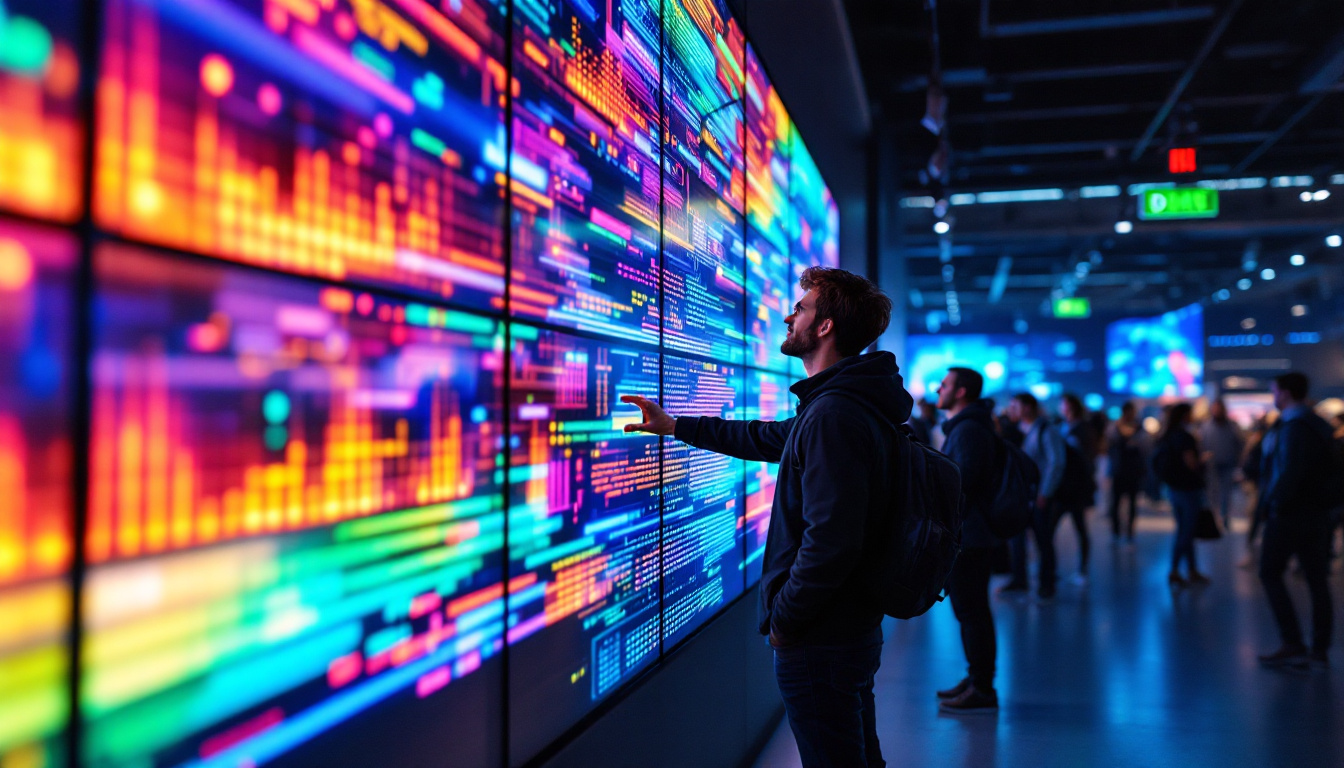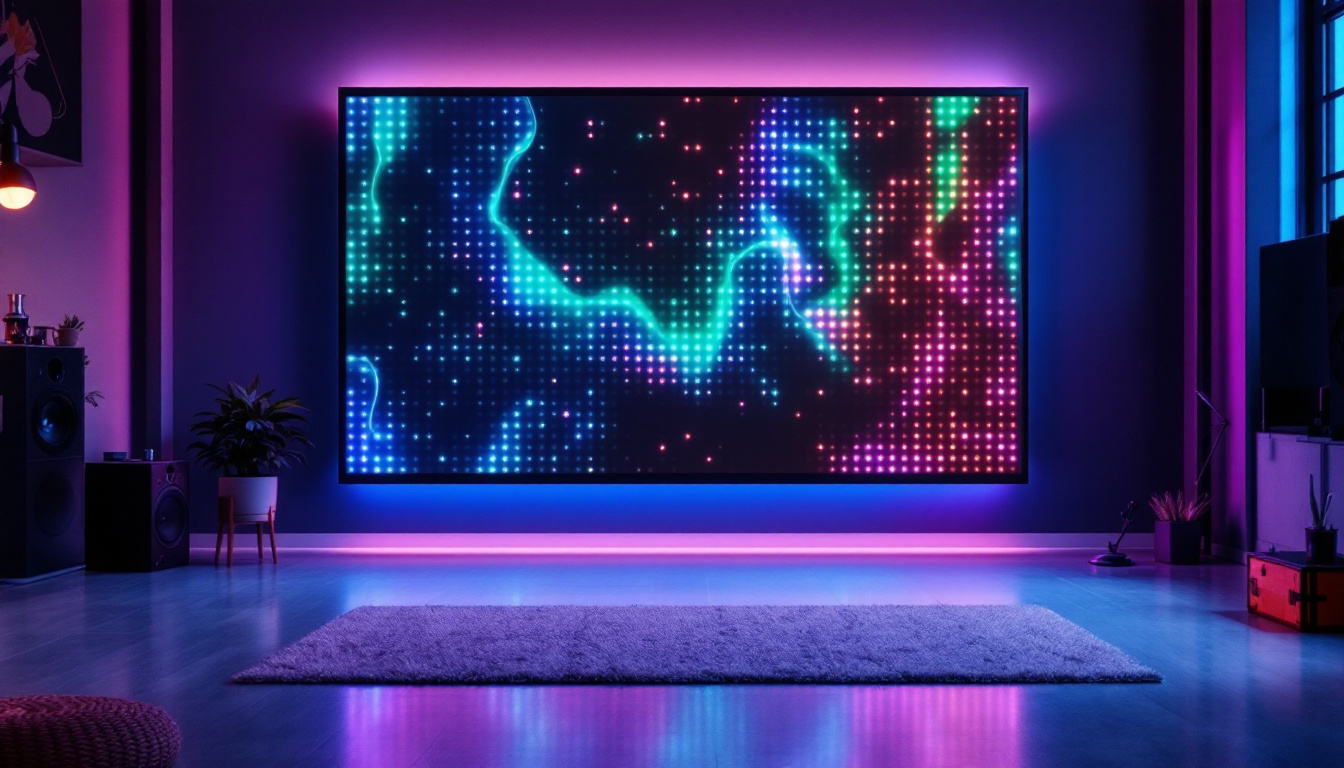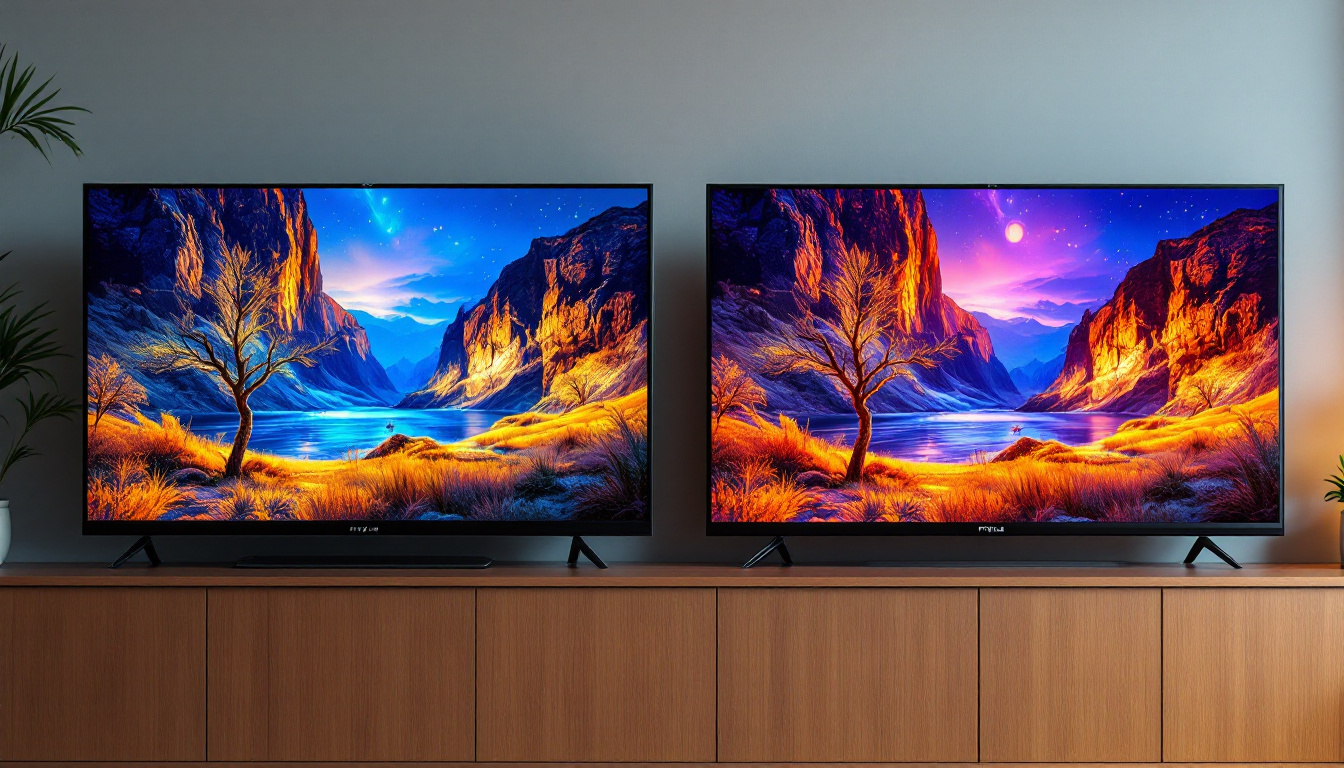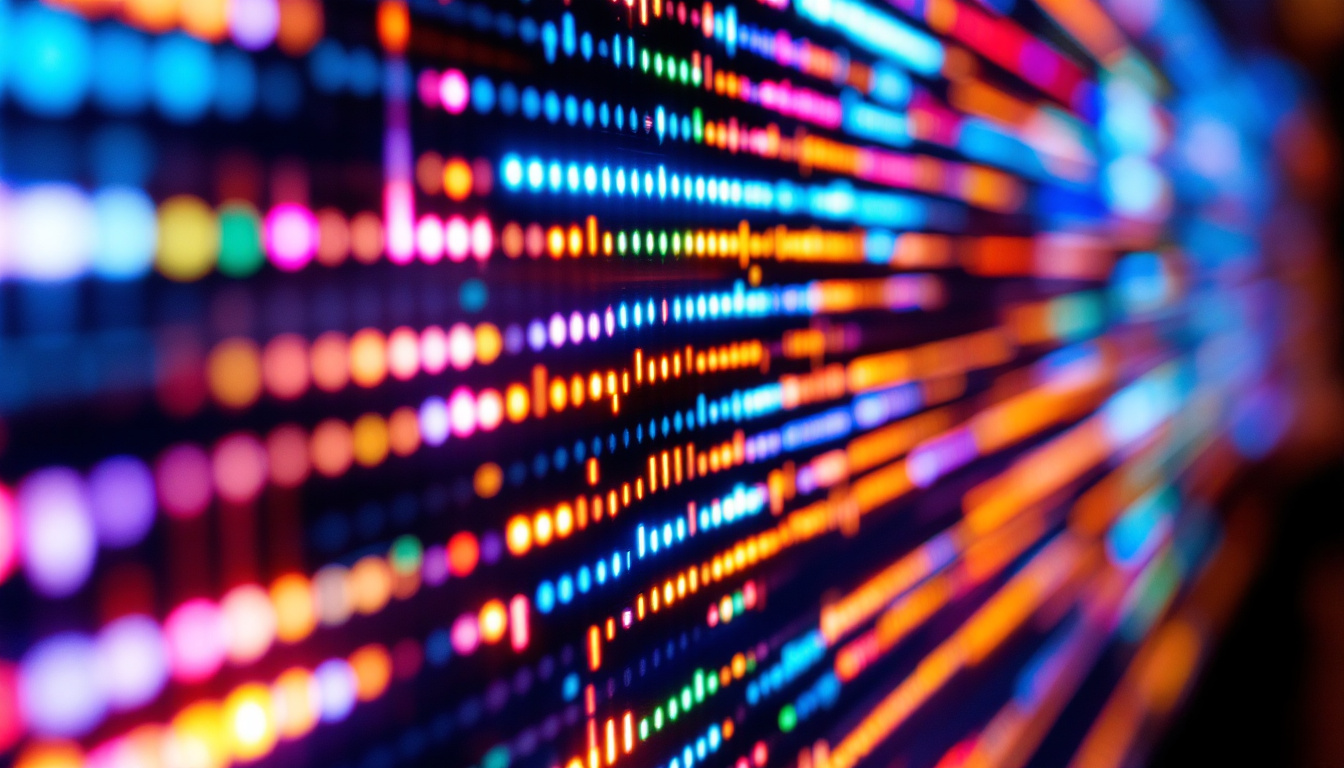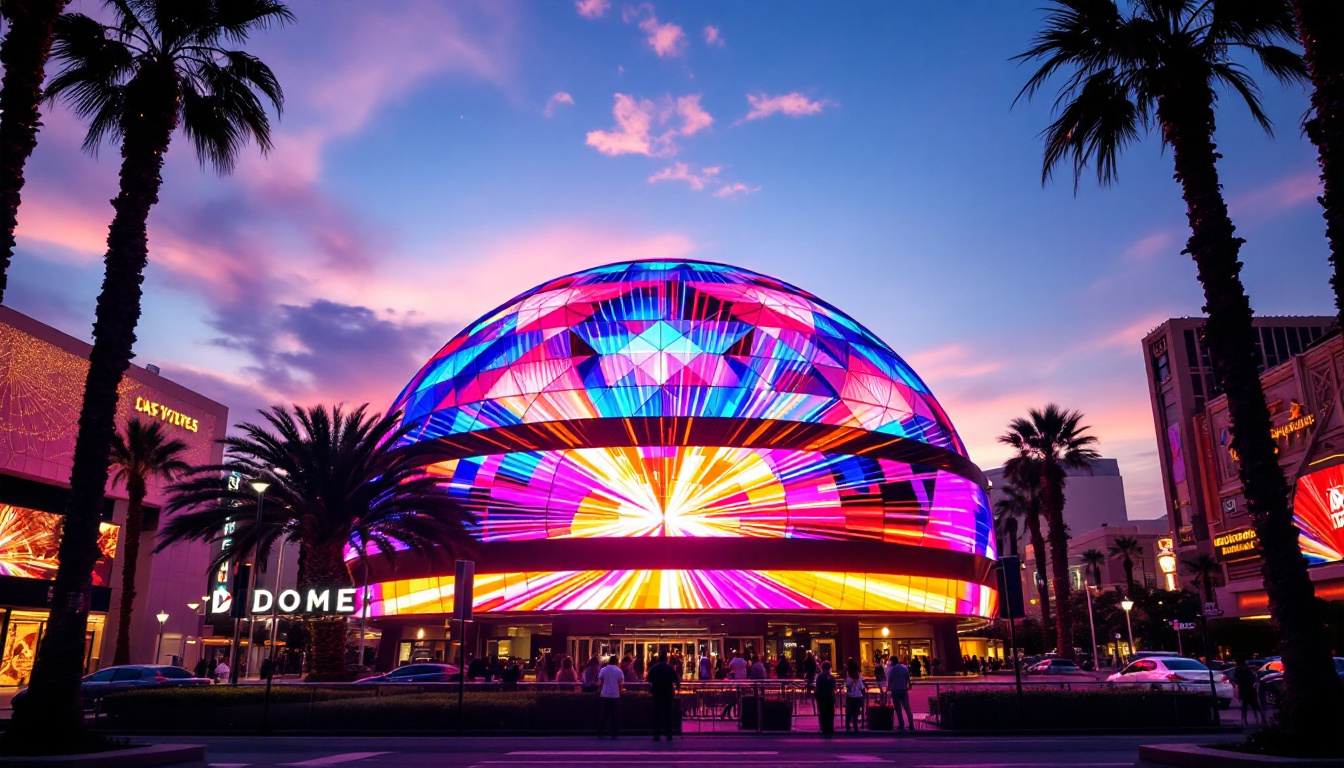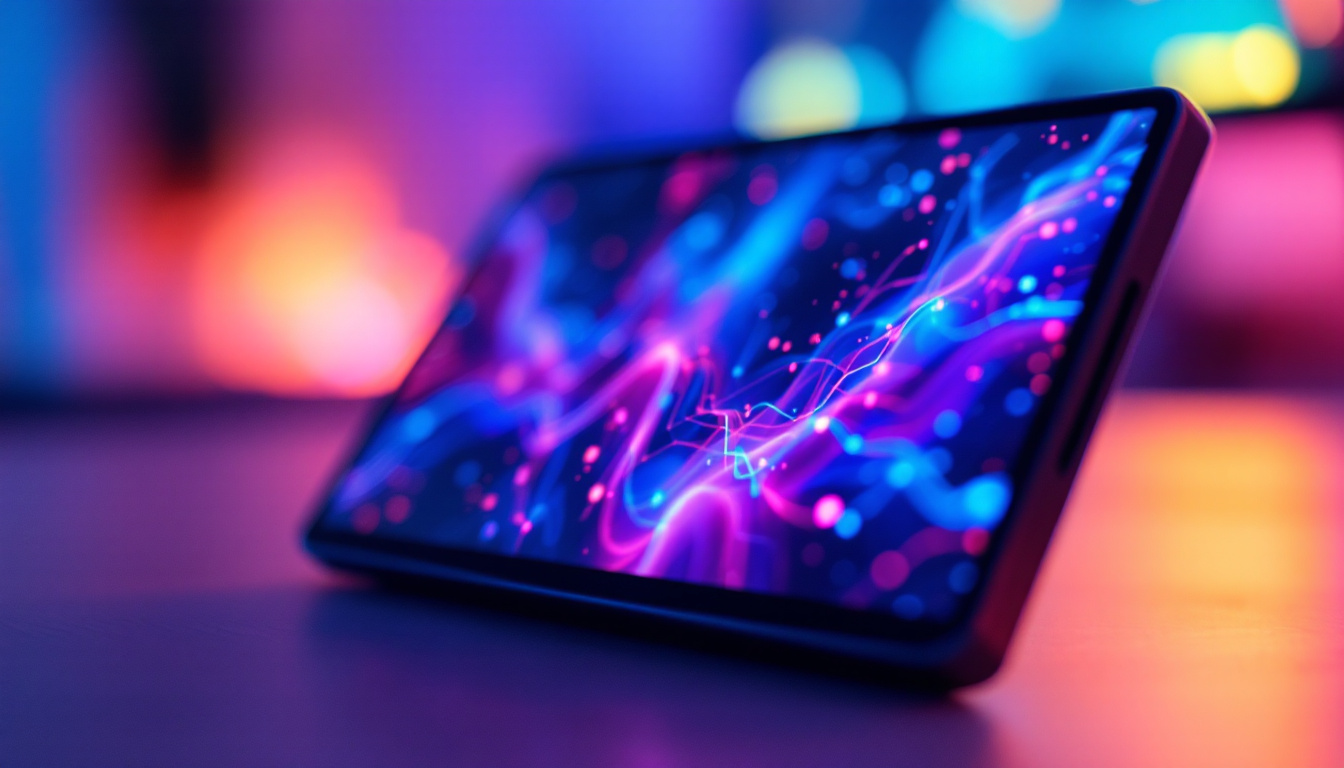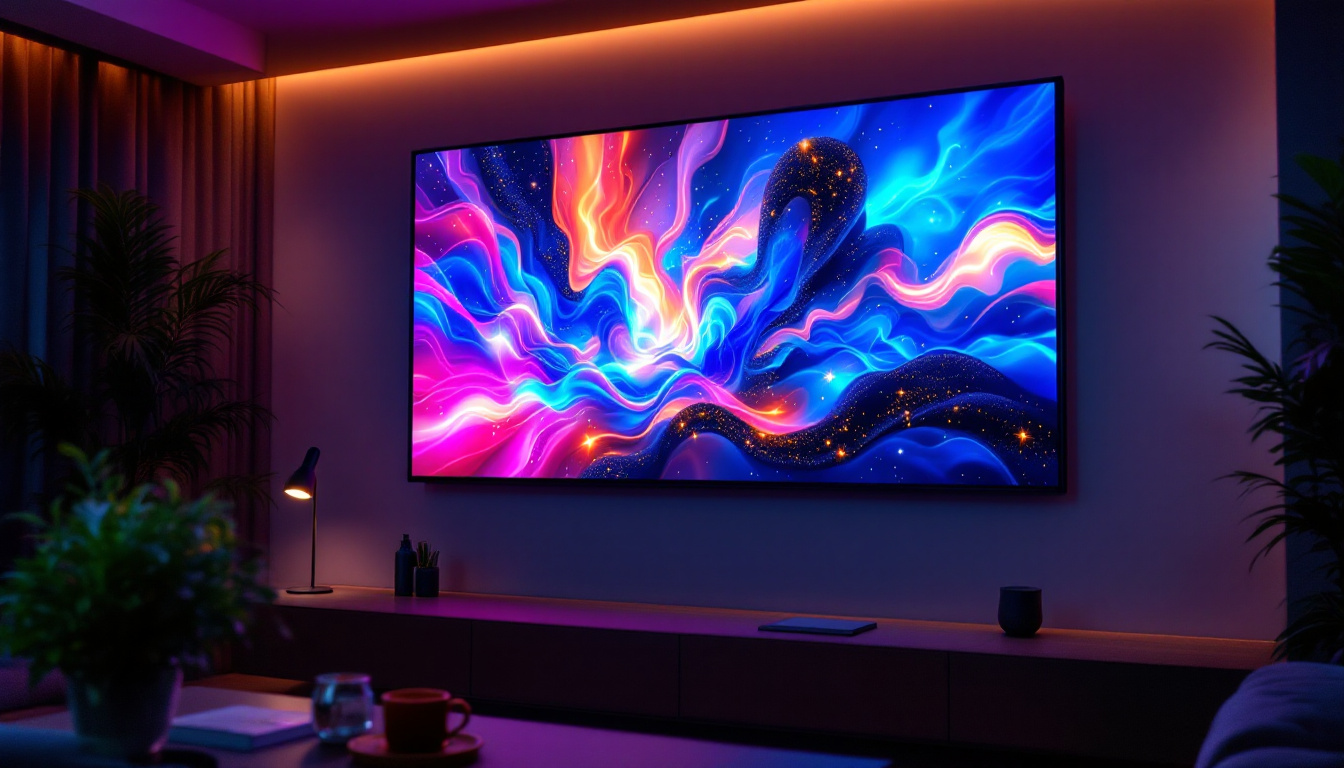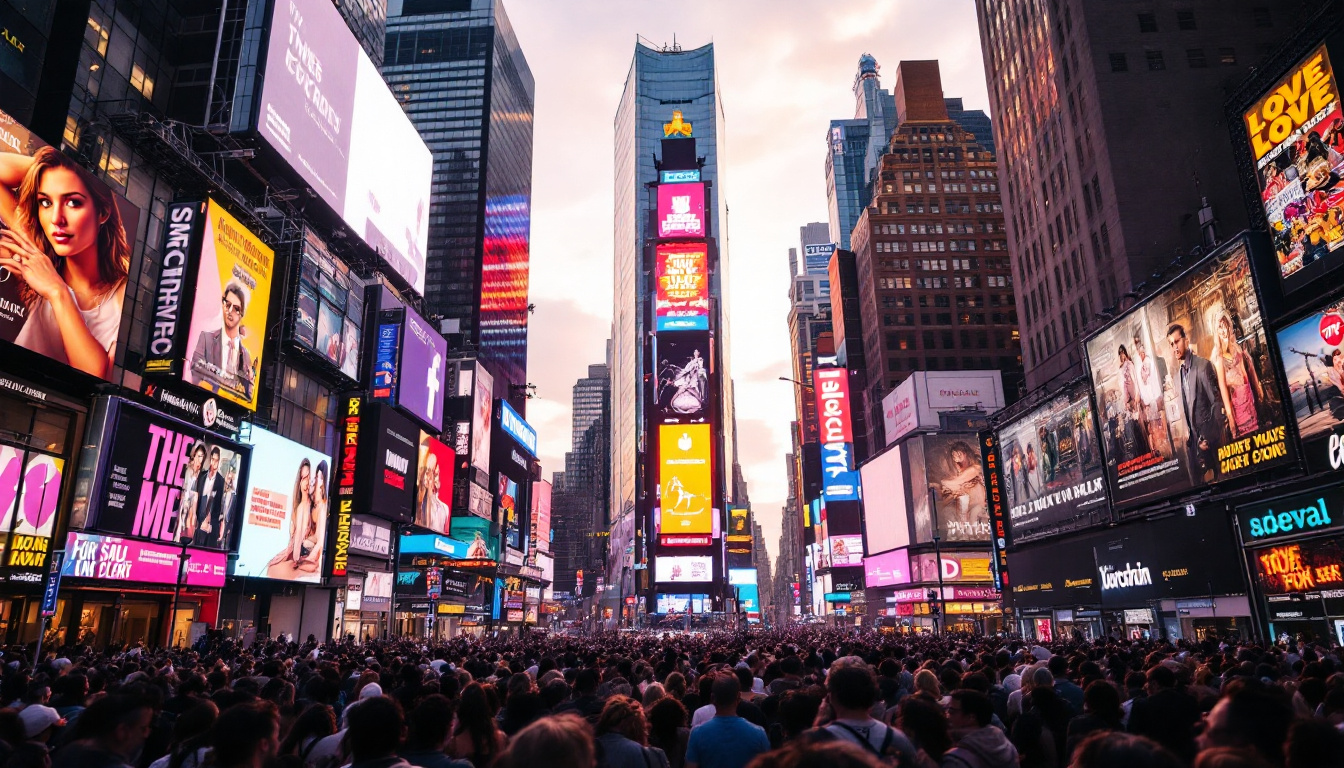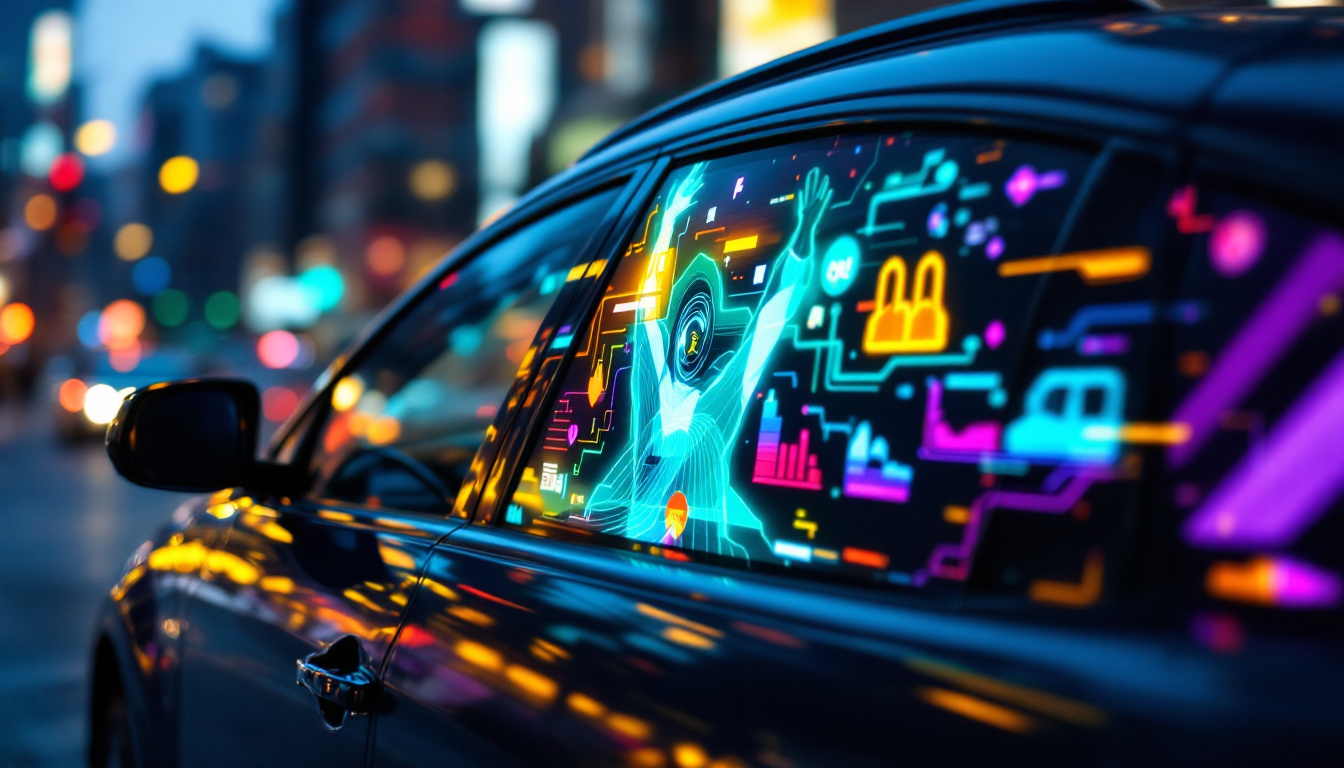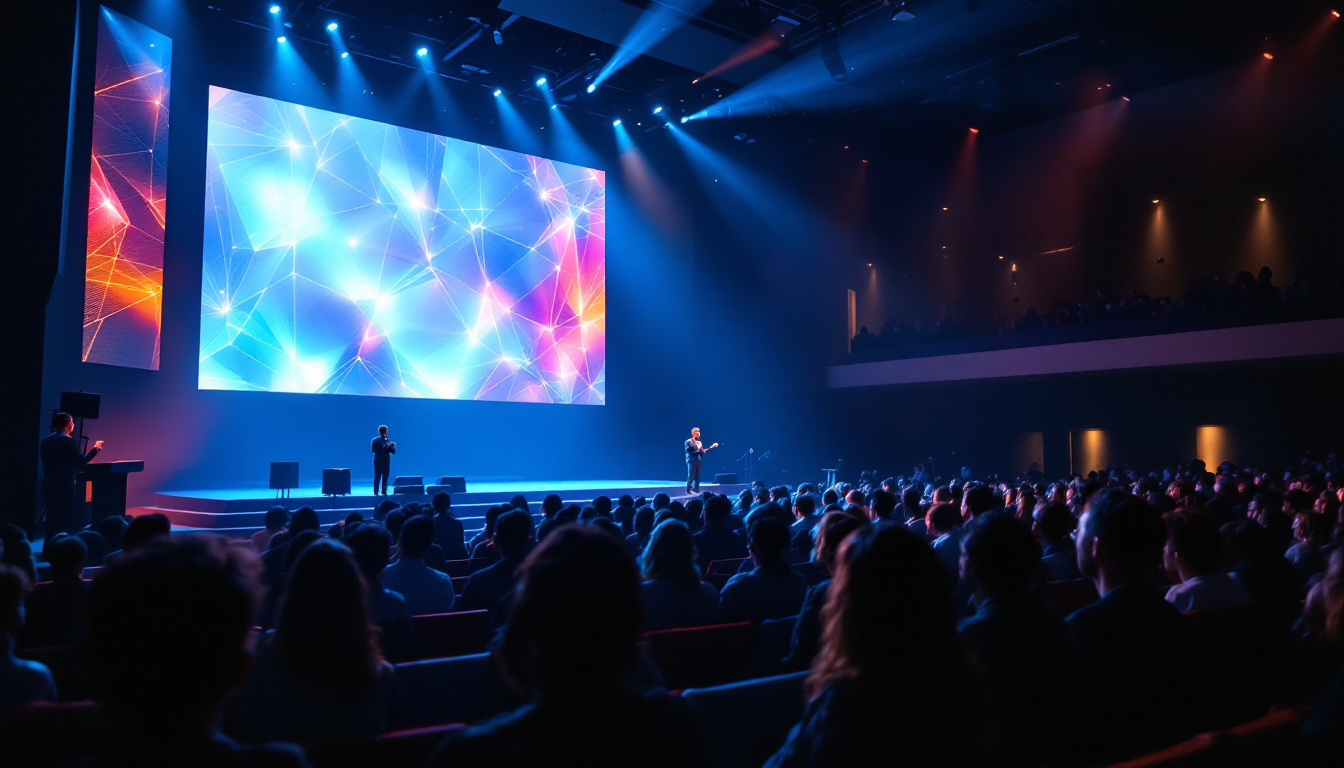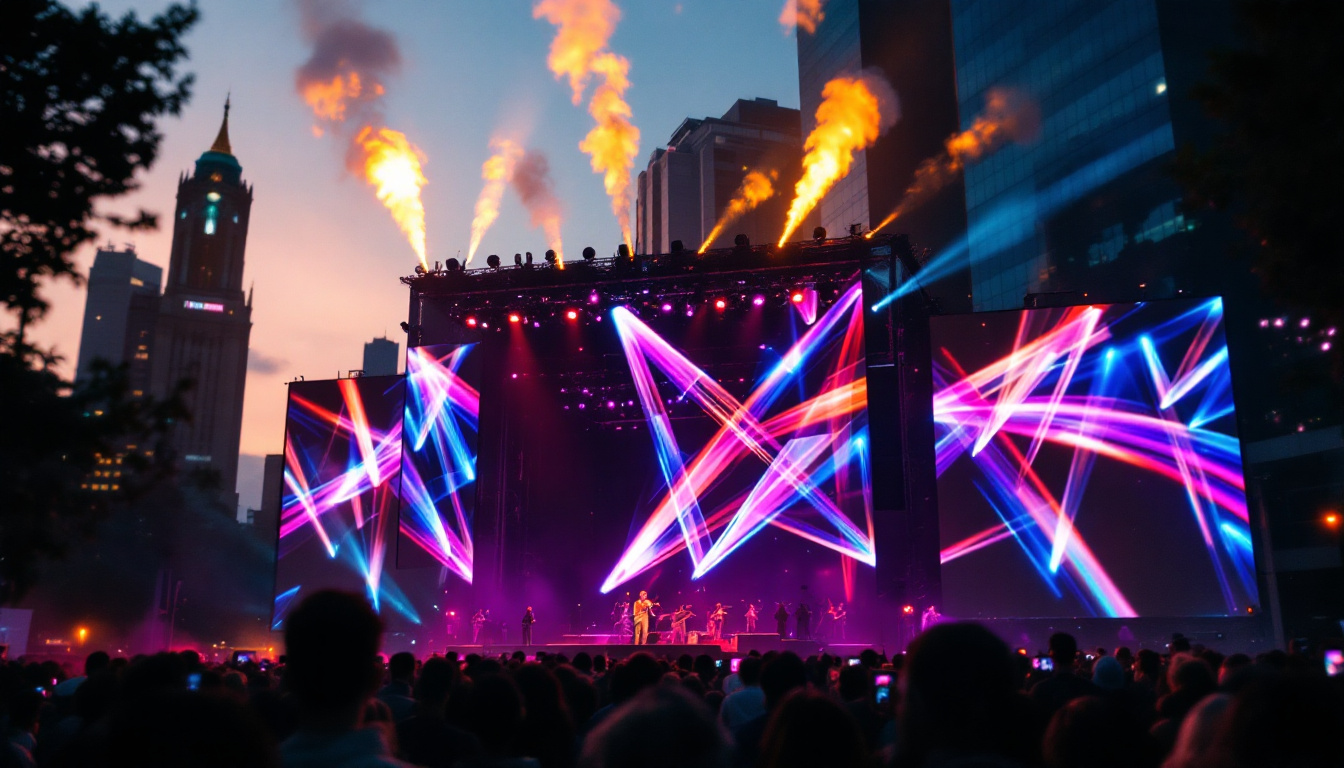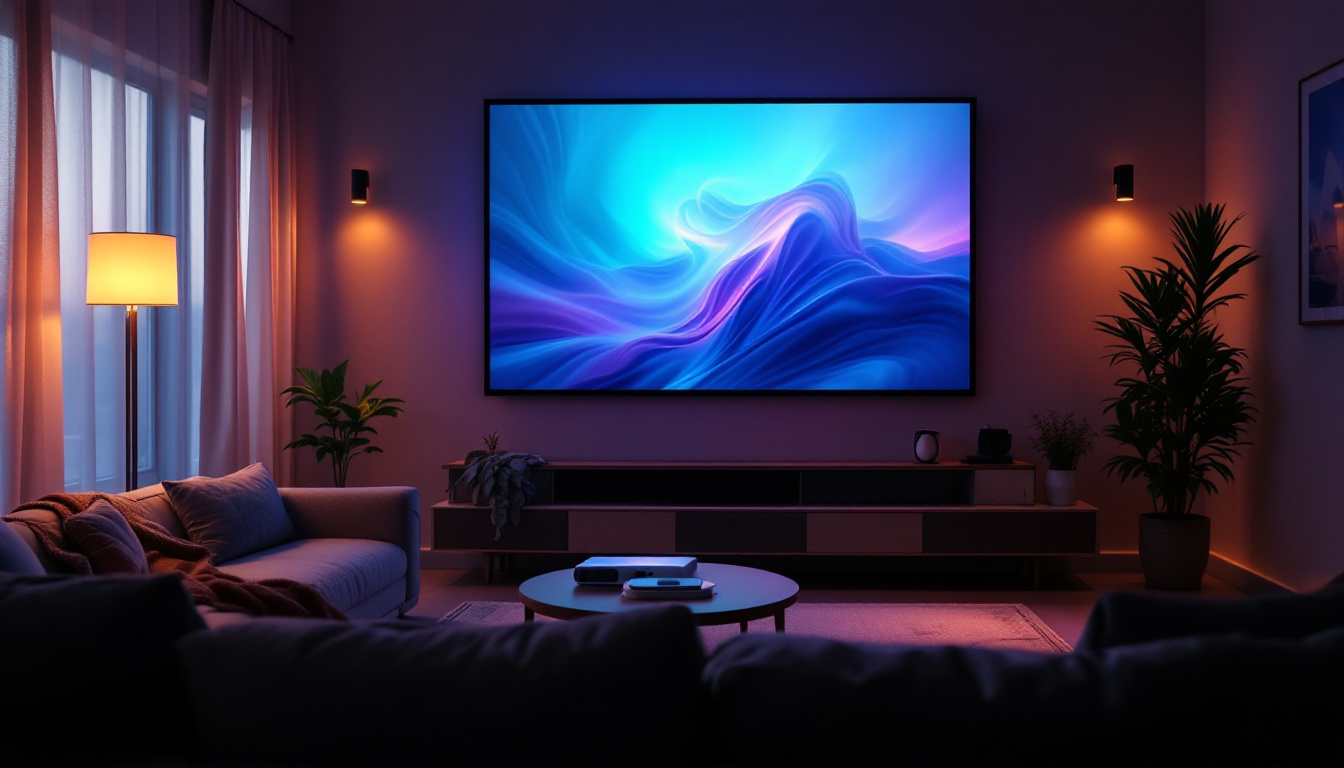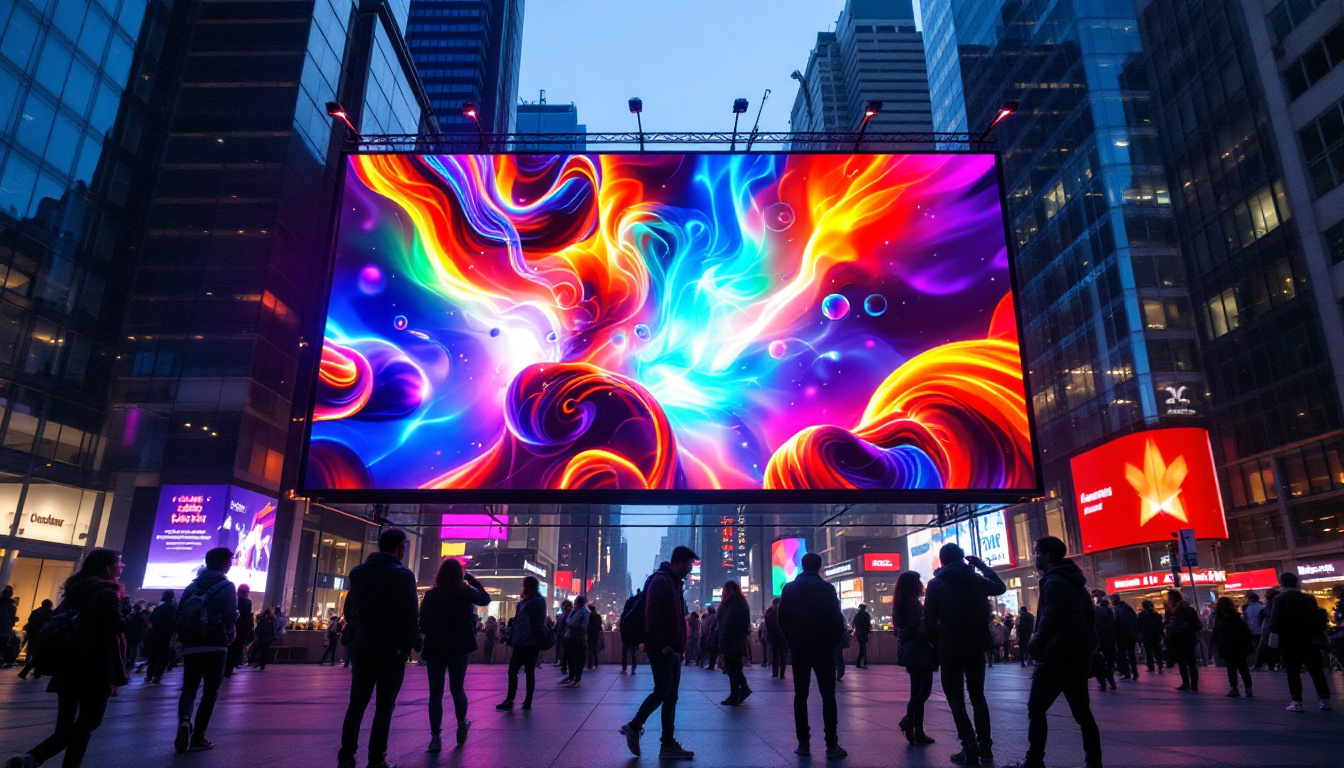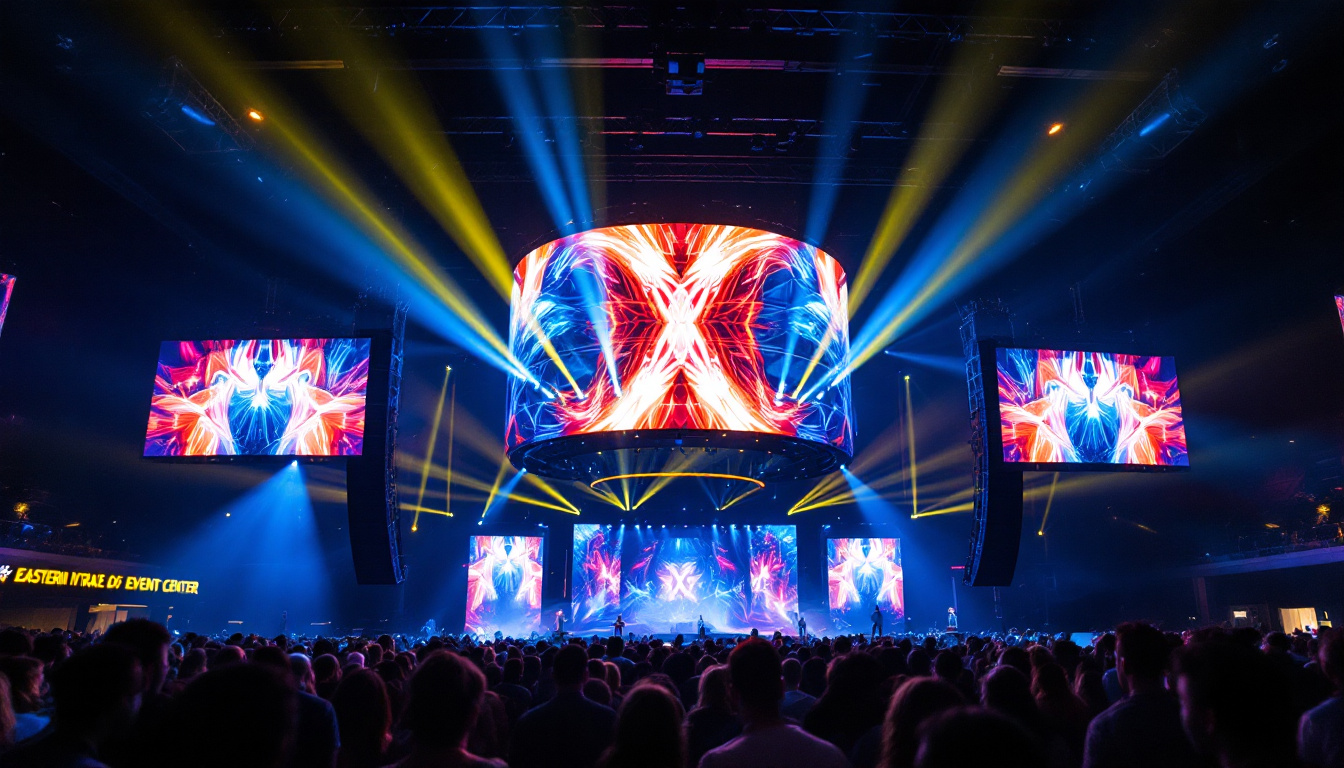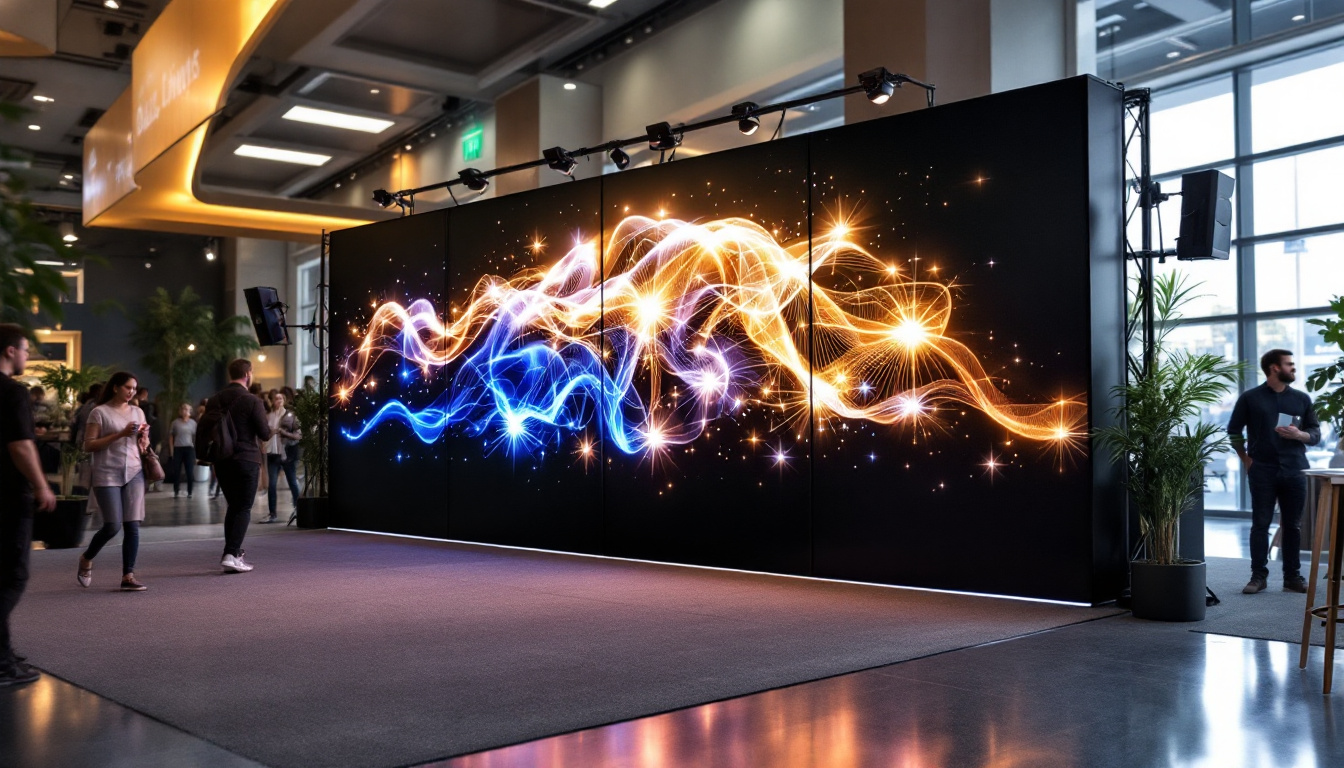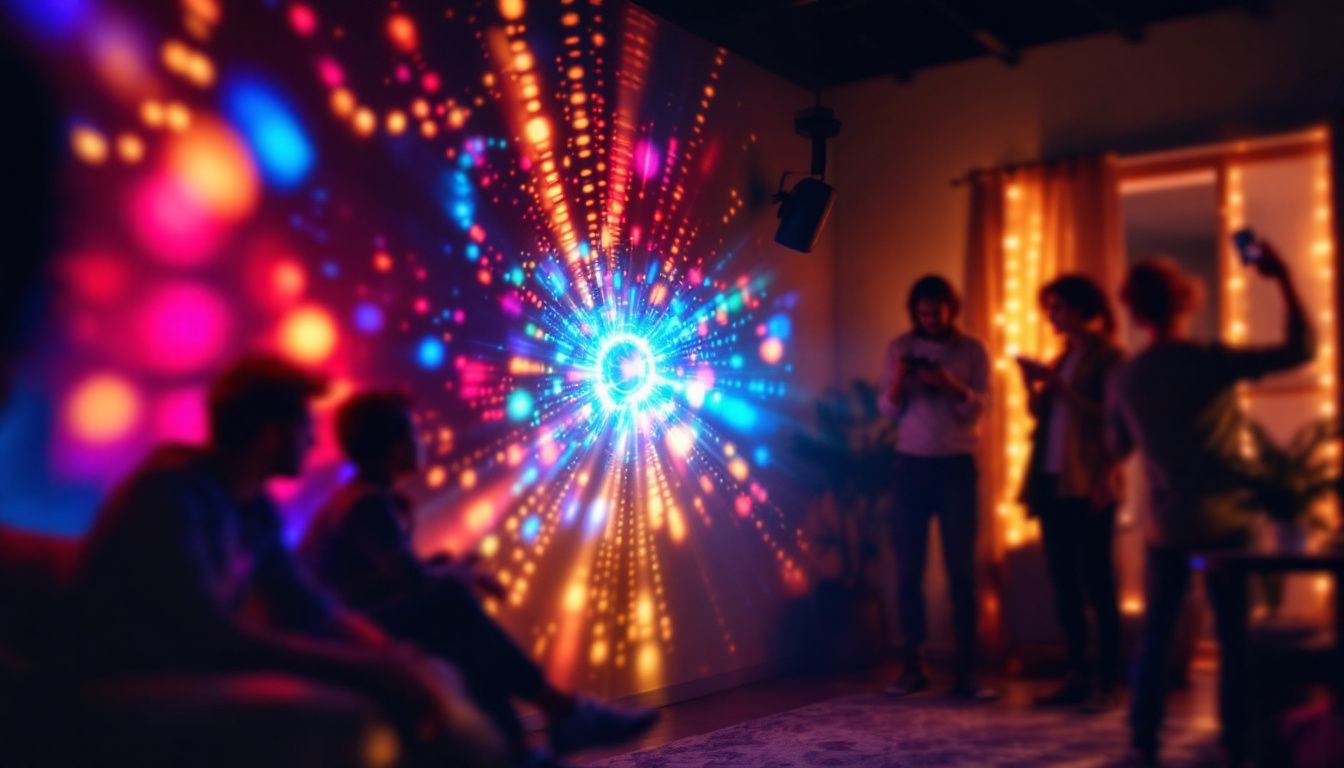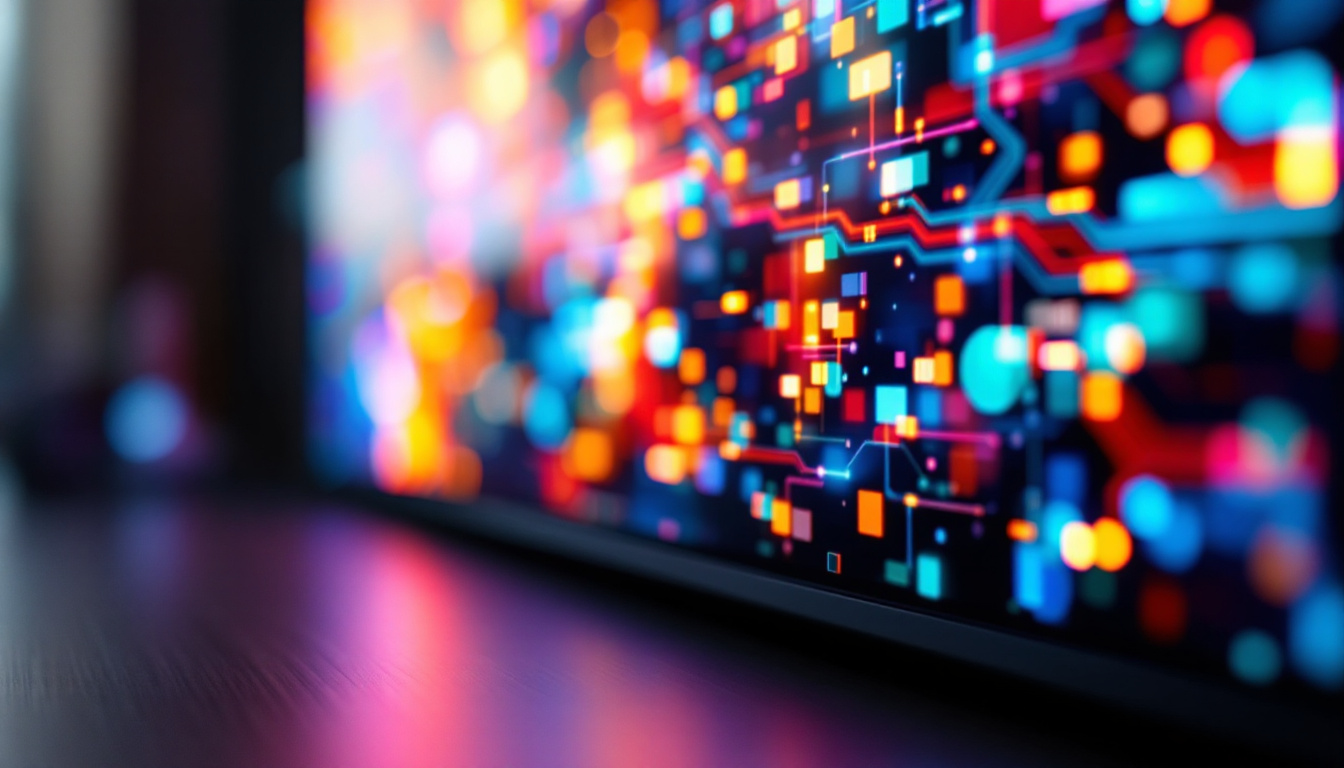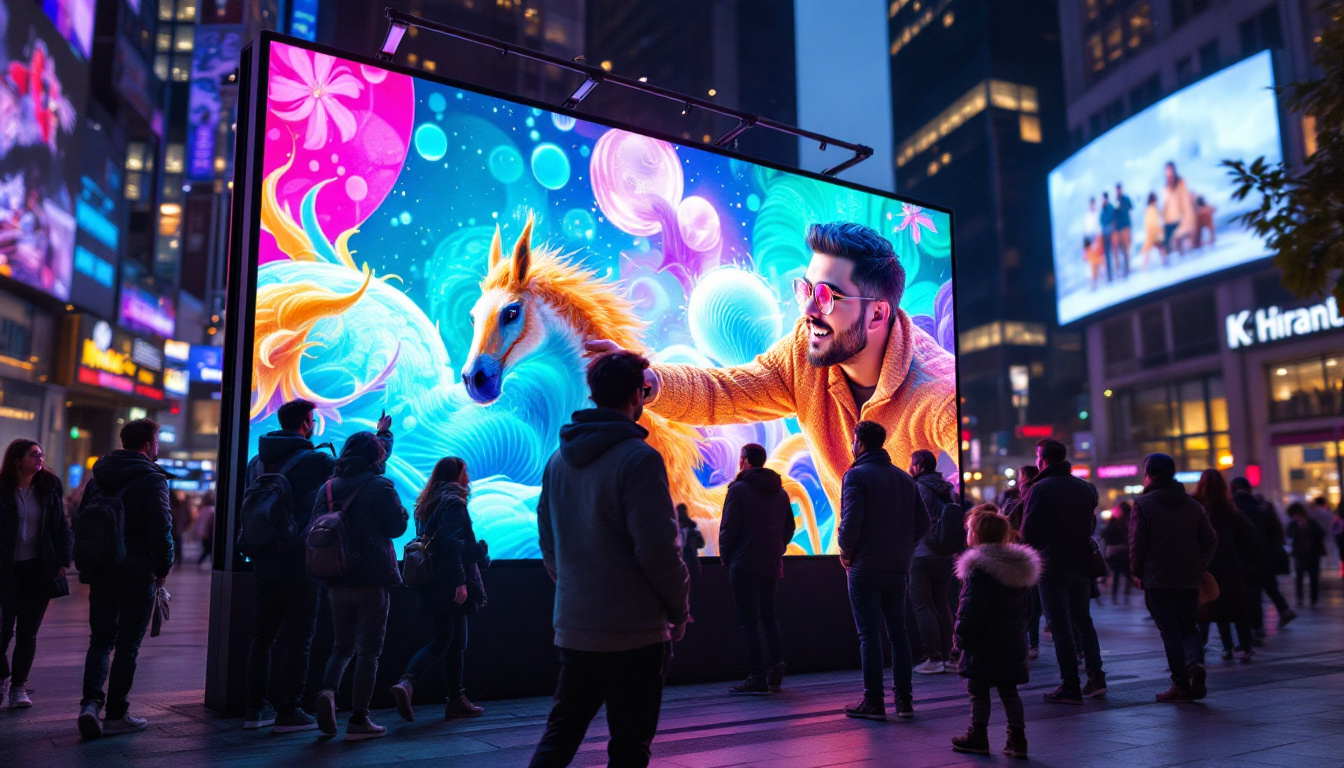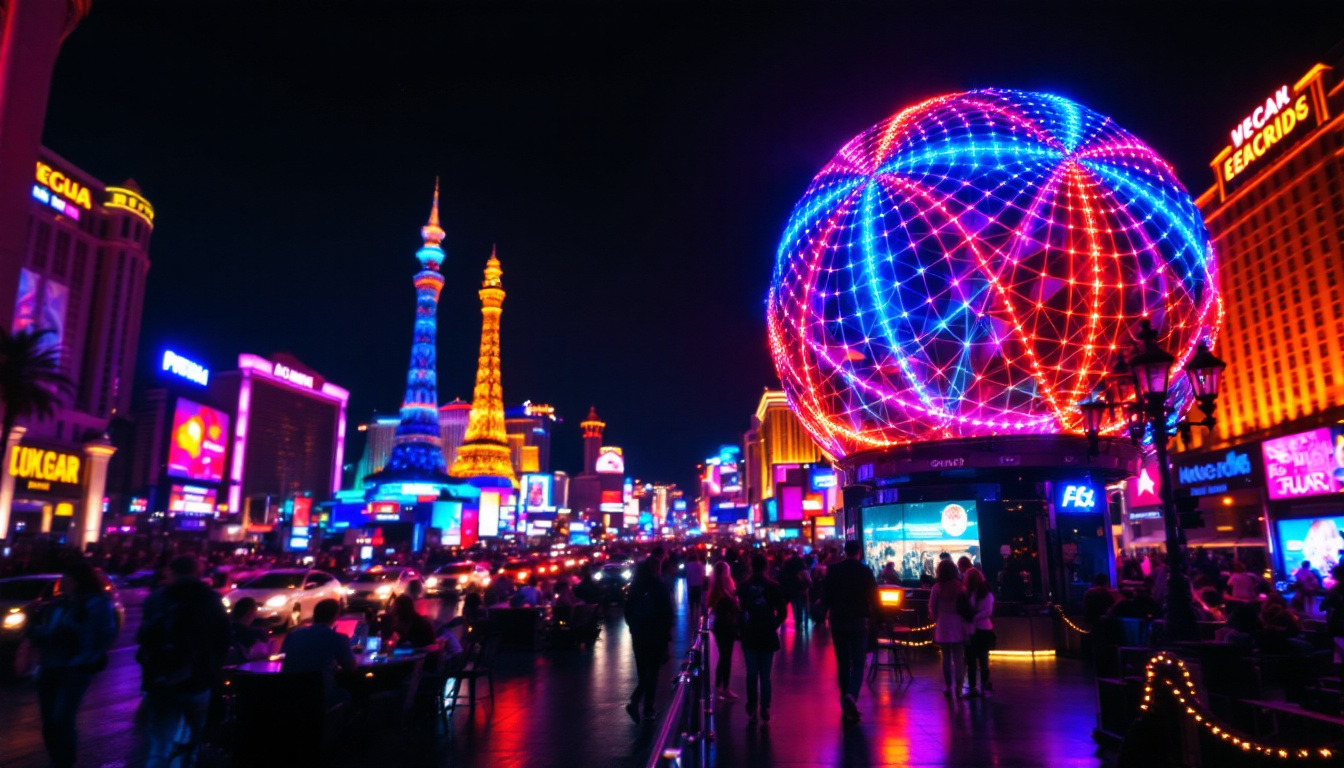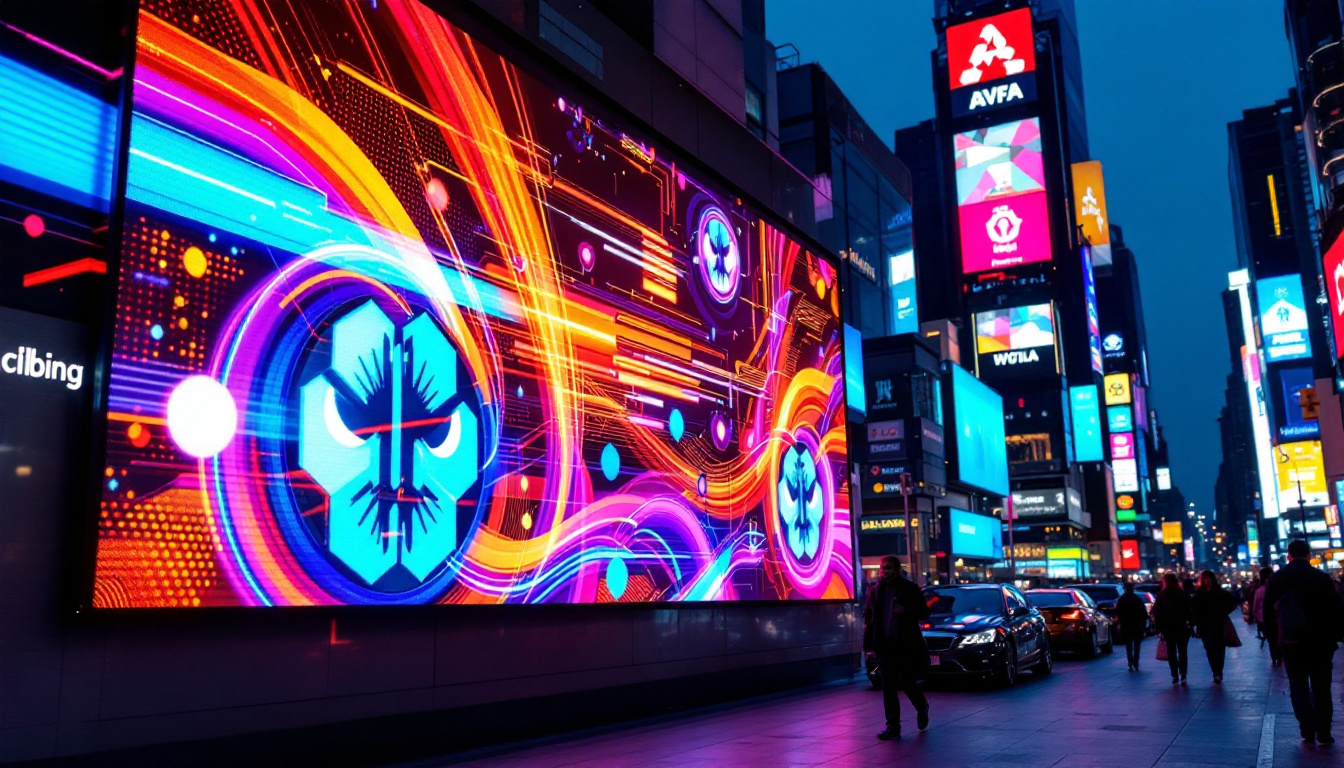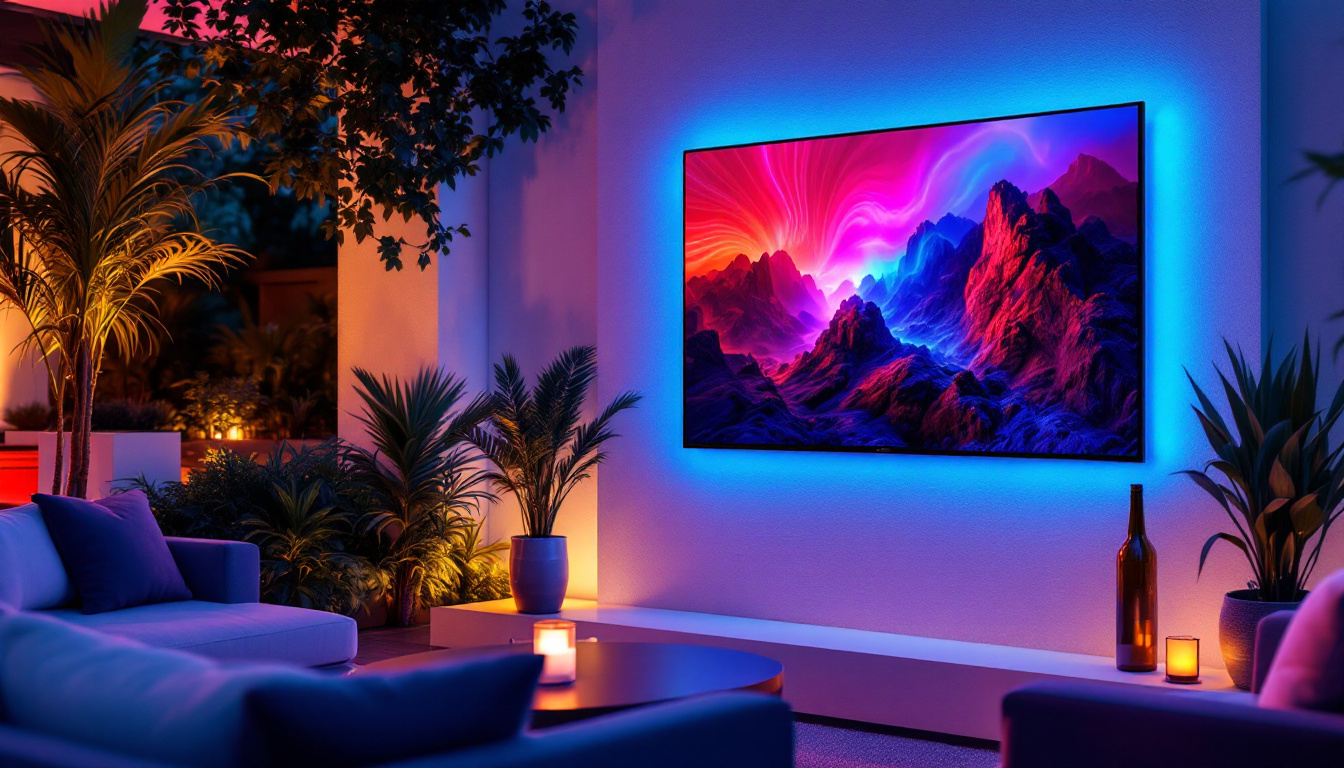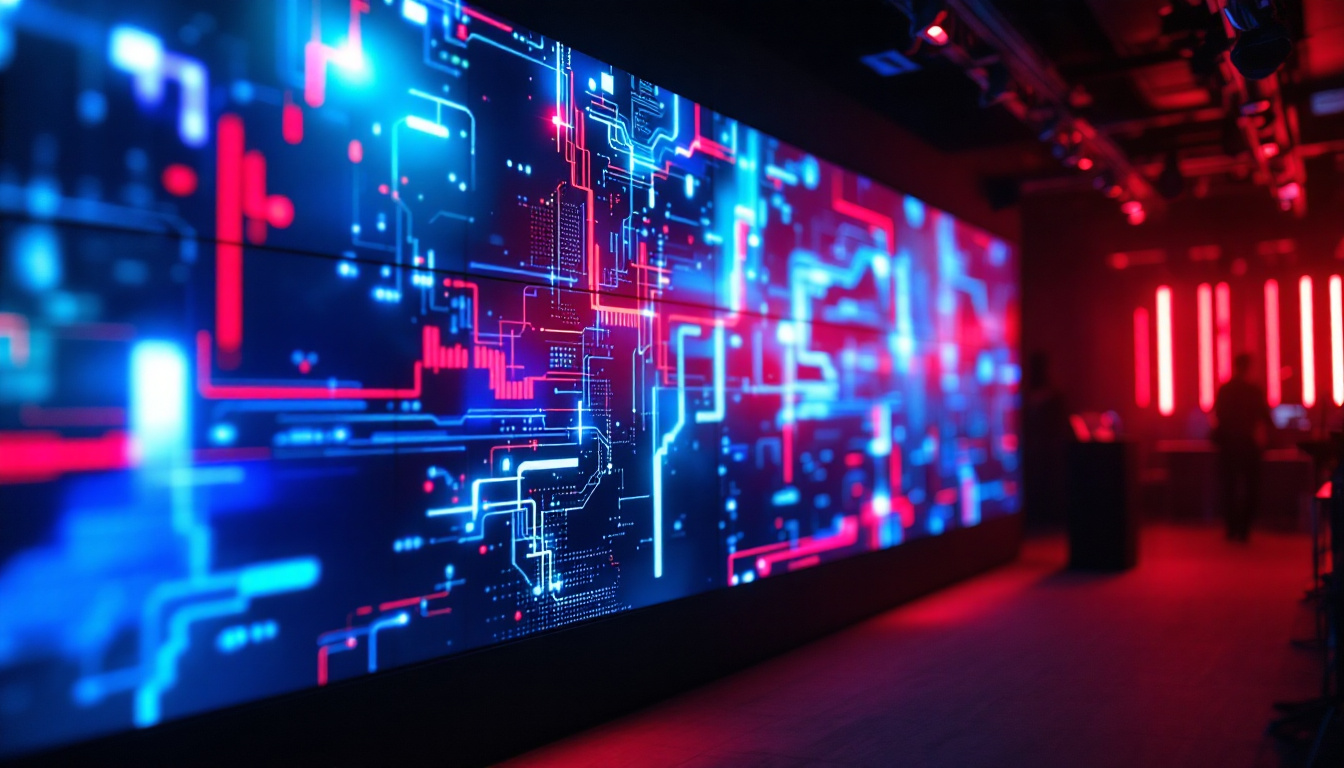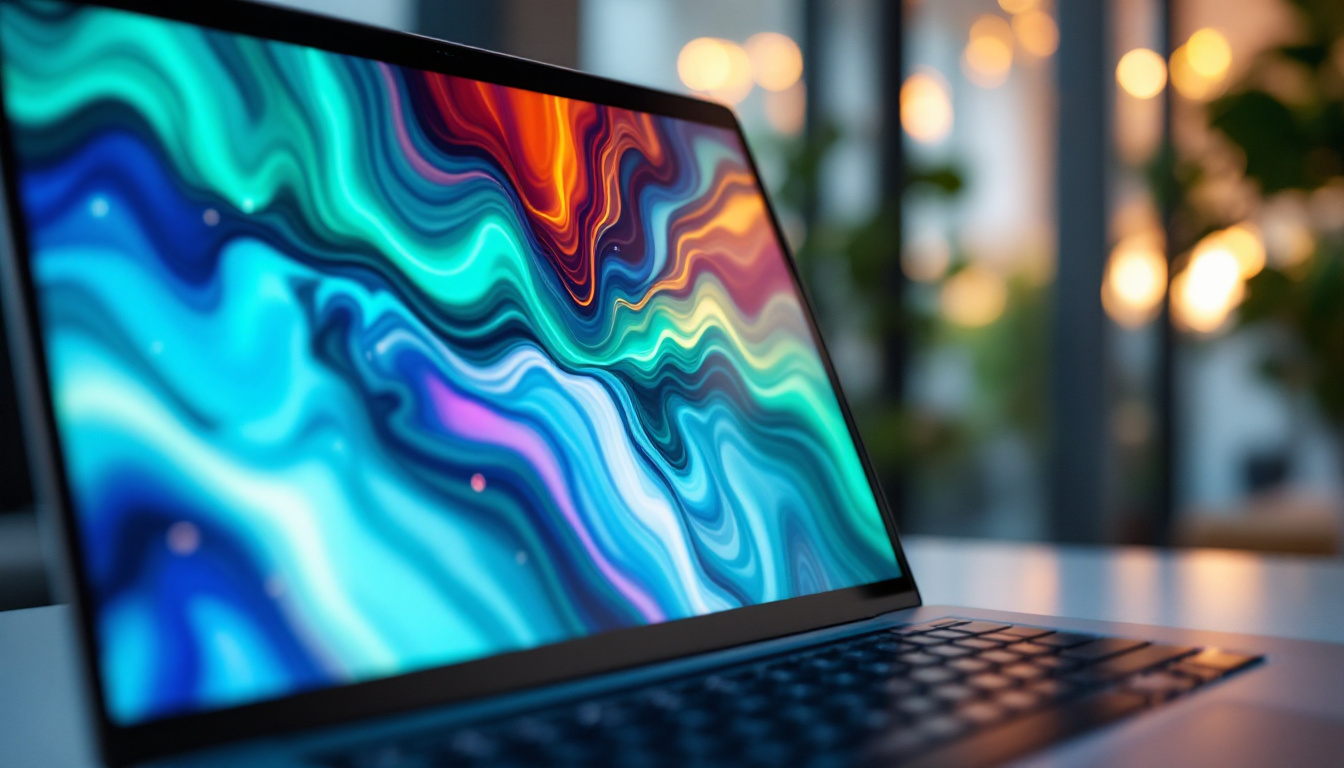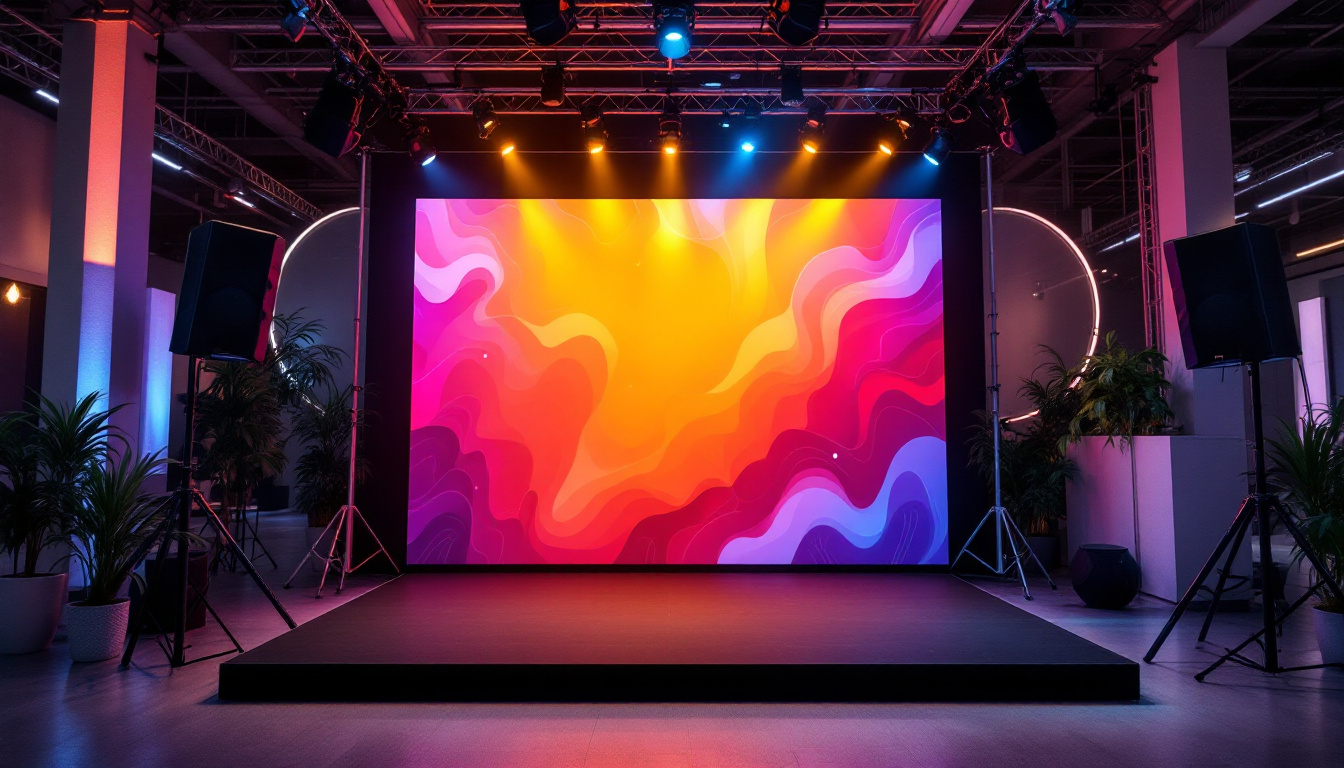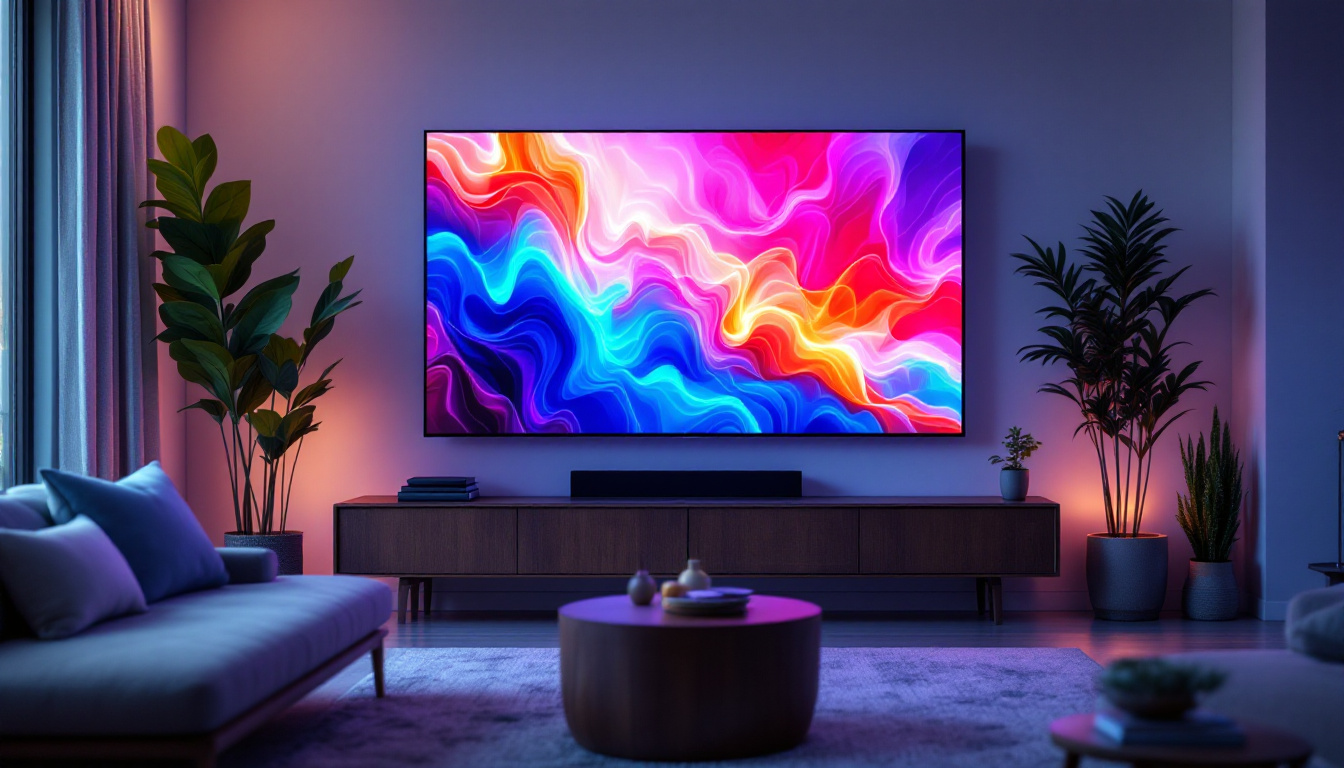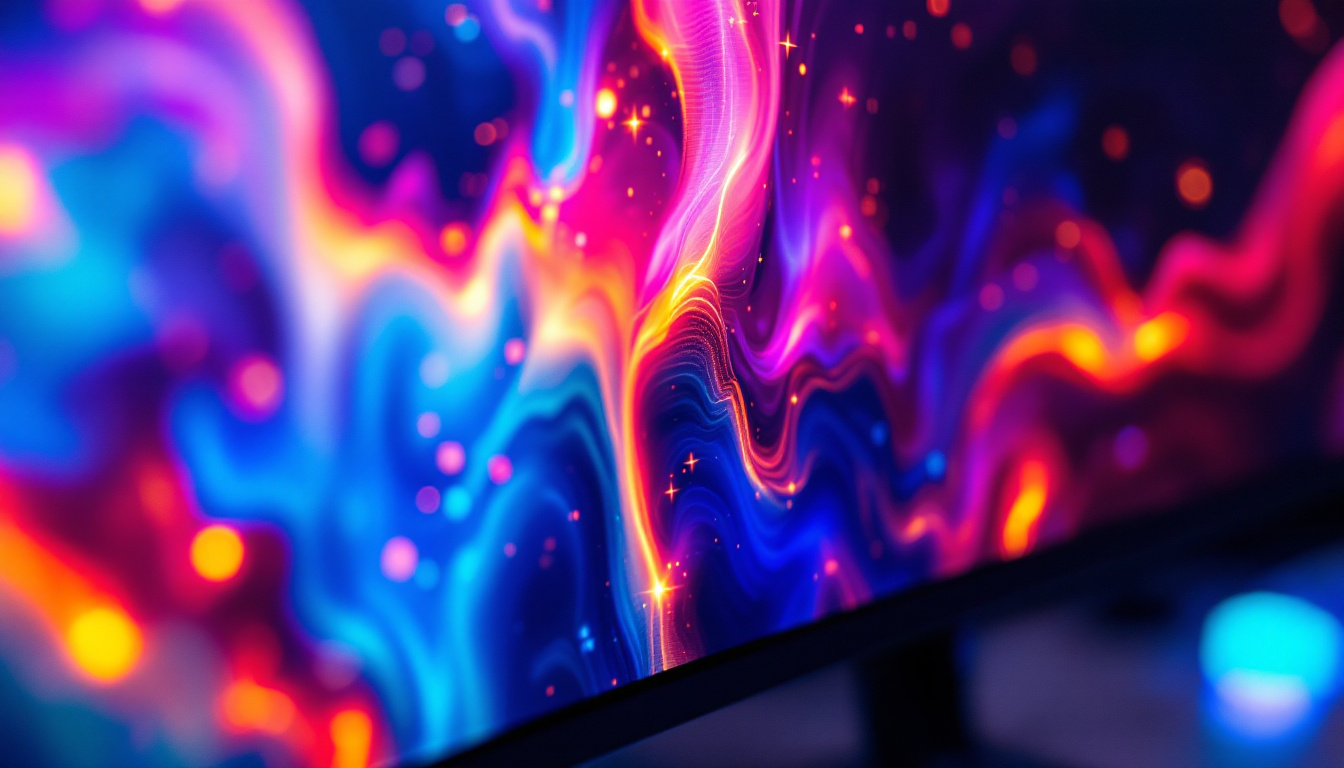In the modern world of technology, visual displays play a crucial role in communication and information dissemination. Among various types of displays, LED technology has emerged as a leading choice for both commercial and residential applications. This article delves into the intricacies of LCD design walls, focusing on LED displays, their functionalities, and their advantages.
Understanding LED Displays
LED displays utilize light-emitting diodes (LEDs) to create vibrant images and videos. Unlike traditional display technologies, LED displays are known for their brightness, energy efficiency, and longevity. They are increasingly popular in various settings, from large advertising billboards to smaller screens in homes and offices. The versatility of LED technology has made it a go-to choice for many industries, as it can be tailored to meet specific visual needs while maintaining a low environmental impact.
How LED Displays Work
At the core of an LED display is the LED itself, which emits light when an electric current passes through it. These diodes are arranged in a grid format, allowing for the creation of images by varying the intensity of light emitted from each diode. The combination of red, green, and blue LEDs can produce a broad spectrum of colors, making the display capable of rendering detailed images and videos. The technology behind LED displays has evolved significantly, with advancements such as pixel pitch improvements that allow for closer viewing distances without loss of image quality.
LED displays can be classified into two main types: direct view and backlit. Direct view displays consist of an array of LEDs that form the entire screen, while backlit displays use LEDs to illuminate an LCD panel from behind. This distinction is essential as it affects the display’s brightness, color accuracy, and viewing angles. Furthermore, direct view LED displays are often modular, allowing for easy scaling to create larger screens, which is particularly advantageous for large venues and events where impactful visuals are crucial.
Types of LED Displays
There are several types of LED displays, each designed for specific applications. Some of the most common types include:
- Indoor LED Displays: These are designed for use in controlled environments, such as shopping malls, conference rooms, and theaters. They typically offer high resolution and excellent color reproduction. Indoor displays often feature a finer pixel pitch, enabling them to deliver crisp images even at close viewing distances, making them perfect for presentations and advertising in crowded spaces.
- Outdoor LED Displays: Built to withstand harsh weather conditions, outdoor displays are brighter and more durable. They are commonly used for billboards, sports arenas, and public events. These displays are engineered to resist UV rays, rain, and extreme temperatures, ensuring that they maintain visibility and performance regardless of the weather, which is essential for outdoor advertising and event broadcasting.
- Transparent LED Displays: These innovative displays allow for visibility through the screen, making them ideal for retail environments where products need to be showcased behind the display. Transparent LED technology not only enhances the aesthetic appeal of storefronts but also provides a unique advertising medium that can engage customers without obstructing their view of the merchandise.
In addition to these common types, there are also specialized LED displays, such as flexible LED screens that can bend and curve to fit various shapes and designs. These flexible displays open up new possibilities for creative installations in art and architecture, allowing designers to integrate dynamic visuals seamlessly into their projects. Moreover, advancements in LED technology continue to push the boundaries of what’s possible, with innovations like microLED displays on the horizon, promising even greater resolution and efficiency for future applications.
The Advantages of LED Displays
LED displays offer numerous benefits over traditional display technologies, making them a preferred choice for many applications. Understanding these advantages can help businesses and individuals make informed decisions about their display needs.
Energy Efficiency
One of the most significant advantages of LED displays is their energy efficiency. Compared to traditional LCD or plasma displays, LED technology consumes significantly less power. This not only reduces electricity costs but also contributes to a lower carbon footprint, making LED displays an environmentally friendly option. Furthermore, many LED displays come with advanced features such as automatic brightness adjustment, which optimizes energy consumption based on ambient light conditions. This means that during the day, when natural light is abundant, the display can reduce its brightness to save energy, while still maintaining visibility.
Brightness and Visibility
LED displays are known for their exceptional brightness, which makes them easily viewable in various lighting conditions. This characteristic is particularly important for outdoor applications where sunlight can wash out the visibility of traditional displays. The high brightness levels of LED screens ensure that images and videos remain clear and vibrant, regardless of the surrounding environment. Additionally, the color accuracy and contrast ratio of LED displays enhance the viewing experience, making them ideal for advertising, events, and public information displays. The ability to produce a wide range of colors and sharp images allows for more engaging content that can capture the attention of passersby effectively.
Longevity and Durability
LED displays are designed to last. With a lifespan that can exceed 100,000 hours, they require less frequent replacements than traditional displays. Additionally, their robust construction makes them resistant to shocks and vibrations, which is particularly beneficial for outdoor installations. This durability is complemented by the fact that LED technology is less susceptible to burn-in issues, a common problem with older display technologies. As a result, businesses can rely on LED displays for continuous operation without the worry of image retention or degradation over time. Moreover, many manufacturers offer warranties that reflect the confidence in the longevity of their products, further assuring users of their investment in LED technology.
Applications of LED Displays
The versatility of LED displays allows them to be used in a wide range of applications. From advertising to entertainment, their ability to deliver high-quality visuals makes them an ideal choice for many industries.
Advertising and Marketing
In the advertising sector, LED displays have revolutionized the way brands communicate with consumers. Dynamic content, such as videos and animations, can easily capture attention and engage audiences. Businesses can also update their messages in real-time, allowing for targeted marketing strategies that respond to current events or promotions.
Entertainment and Events
LED displays are a staple in the entertainment industry, used in concerts, festivals, and sporting events. Their ability to create immersive experiences through large-scale visuals enhances audience engagement. Additionally, the flexibility of LED technology allows for creative installations, such as curved or shaped screens, which can transform any venue.
Designing an LCD Wall with LED Displays
Creating an effective LCD wall using LED displays involves careful planning and design considerations. The process requires an understanding of the intended use, the environment, and the technical specifications of the displays.
Determining the Purpose
The first step in designing an LCD wall is to determine its purpose. Is it for advertising, information dissemination, or entertainment? Understanding the primary function will guide decisions regarding size, resolution, and content management.
Choosing the Right Display
Once the purpose is established, selecting the appropriate LED display is crucial. Factors to consider include pixel pitch, resolution, and brightness. Pixel pitch refers to the distance between the centers of two adjacent pixels; a smaller pixel pitch results in higher resolution and better image quality, which is vital for close viewing distances.
Installation and Maintenance
Proper installation is essential for the performance of an LED display wall. This includes ensuring adequate ventilation, power supply, and structural support. Additionally, regular maintenance is necessary to keep the displays functioning optimally. This may involve cleaning, software updates, and checking for any hardware issues.
Challenges and Considerations
While LED displays offer numerous advantages, there are also challenges and considerations that must be addressed. Understanding these factors can help mitigate potential issues and enhance the overall effectiveness of the display.
Cost Implications
One of the primary challenges associated with LED displays is the initial cost. High-quality LED technology can be more expensive than traditional display options. However, considering the long-term savings in energy and maintenance costs, many businesses find that the investment pays off over time.
Content Management
Another consideration is content management. For an LED display to be effective, it requires engaging, high-quality content that resonates with the target audience. This necessitates a robust content management system that allows for easy updates and scheduling of content. Businesses may need to invest in software solutions or hire professionals to manage their display content effectively.
The Future of LED Display Technology
As technology continues to evolve, the future of LED displays looks promising. Innovations in display technology are expected to enhance performance, reduce costs, and expand applications.
Advancements in Technology
Emerging technologies such as microLED and OLED are set to revolutionize the display industry. MicroLED technology offers even smaller pixel sizes, resulting in higher resolution displays with improved color accuracy and energy efficiency. OLED displays, on the other hand, provide deeper blacks and better contrast ratios, enhancing the overall viewing experience.
Integration with Smart Technologies
As smart technology becomes more prevalent, the integration of LED displays with IoT devices is likely to increase. This integration can enable features such as interactive displays, real-time data updates, and personalized content delivery, further enhancing user engagement.
Conclusion
LED displays have transformed the landscape of visual communication, offering unmatched brightness, energy efficiency, and versatility. As technology advances, the potential applications for LED displays continue to expand, making them an invaluable asset in various industries.
Whether for advertising, entertainment, or information dissemination, understanding the intricacies of LED displays and their design can empower businesses and individuals to harness their full potential. As the future unfolds, LED technology will undoubtedly play a pivotal role in shaping the way we interact with visual content.
Discover LumenMatrix LED Display Solutions
Ready to elevate your visual communication with cutting-edge LED technology? Look no further than LumenMatrix, a leader in innovative LED display solutions. From captivating Indoor and Outdoor LED Wall Displays to dynamic Vehicle and Sports LED Displays, LumenMatrix offers a wide range of products designed to enhance brand visibility and create immersive visual experiences. Whether you need a Custom LED Display, an All-in-One solution, or a striking LED Transparent Display, LumenMatrix has the expertise to bring your vision to life. Check out LumenMatrix LED Display Solutions today and transform the way you connect with your audience.

